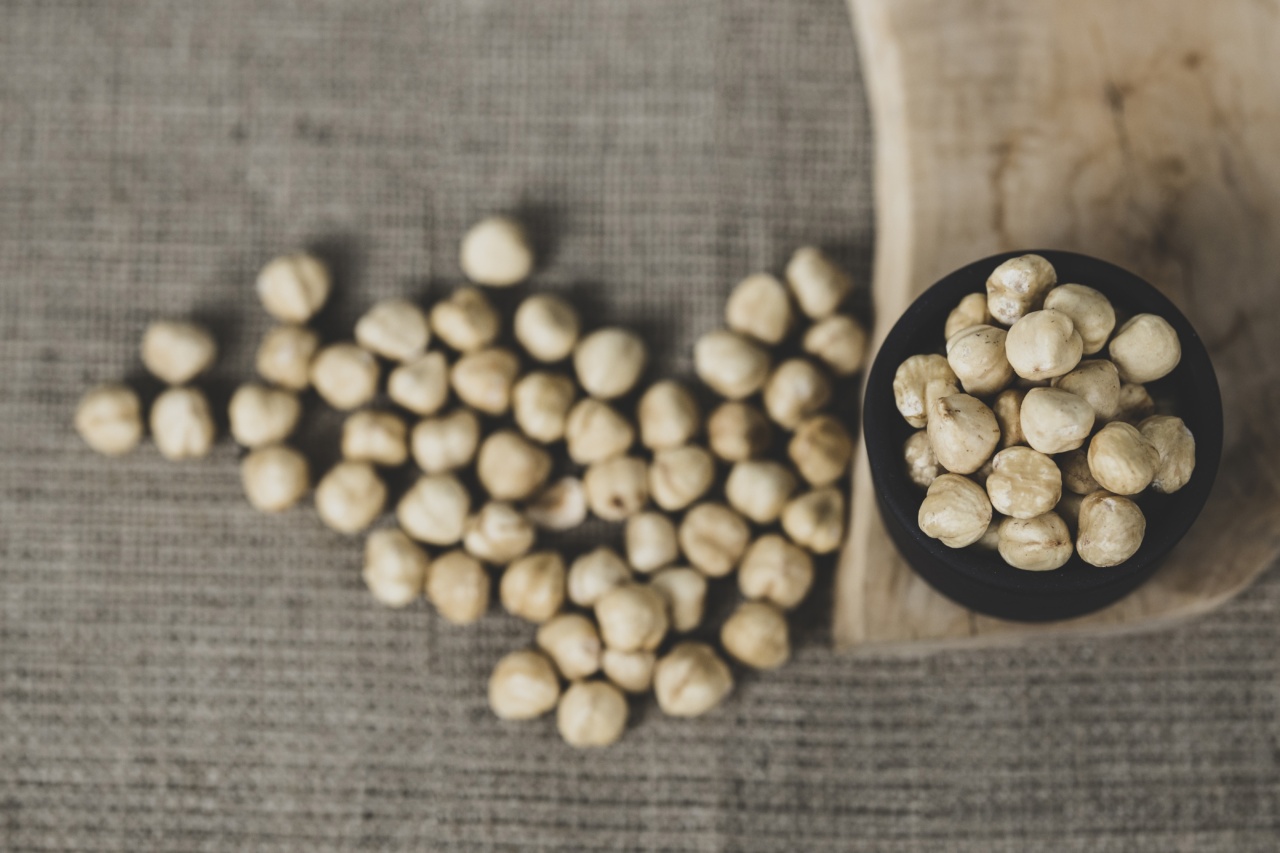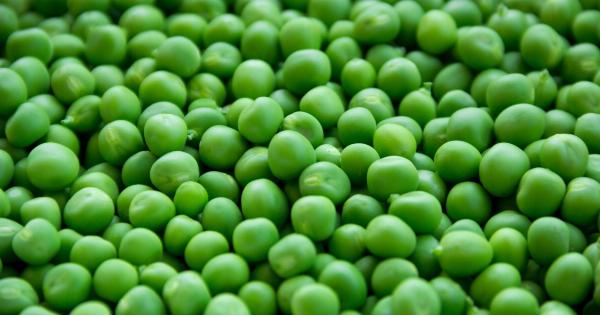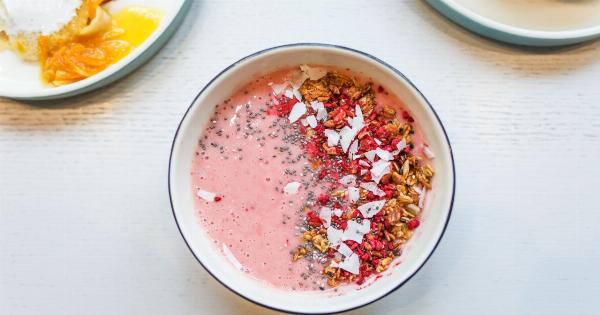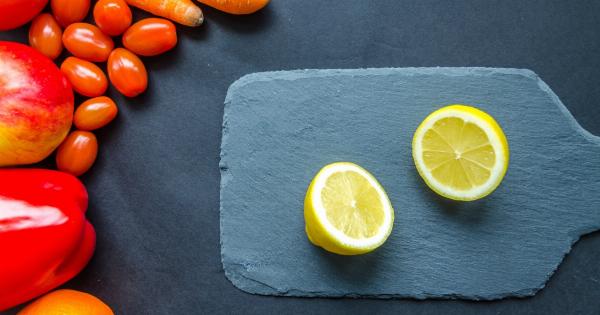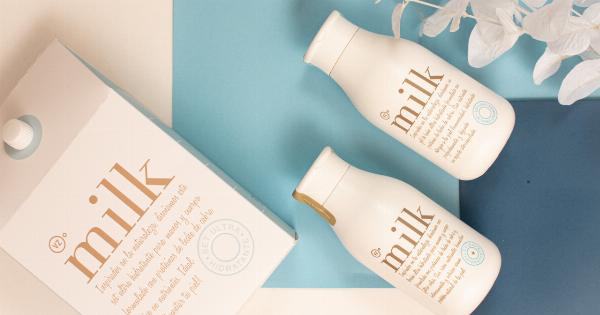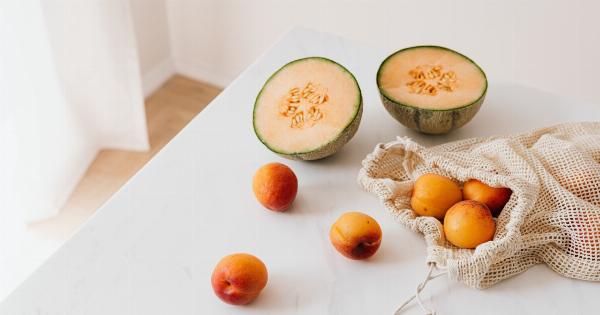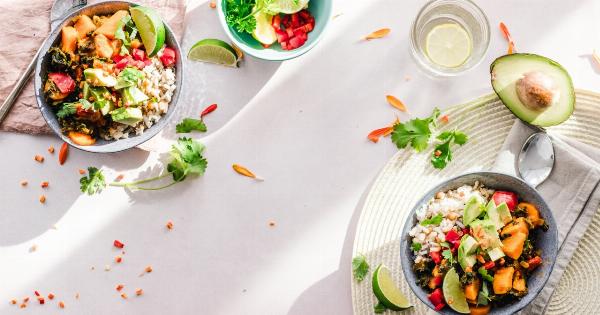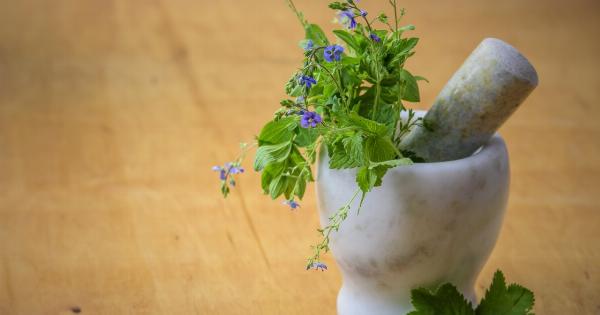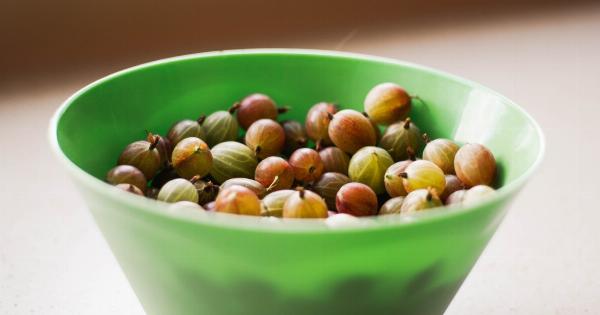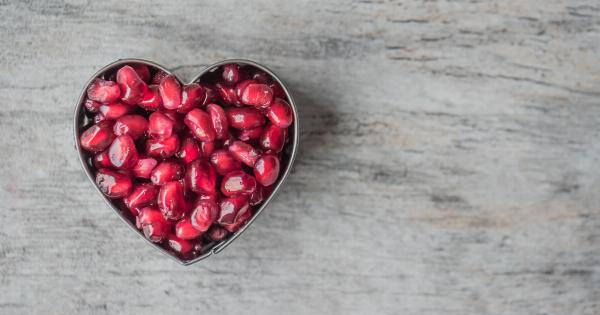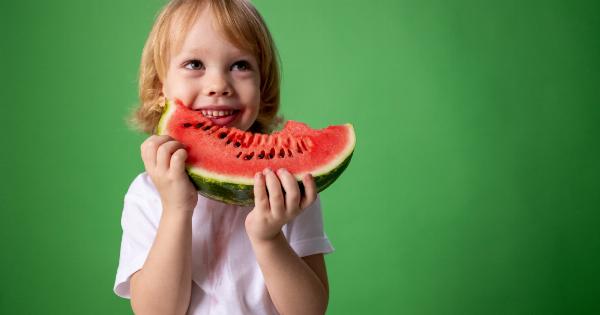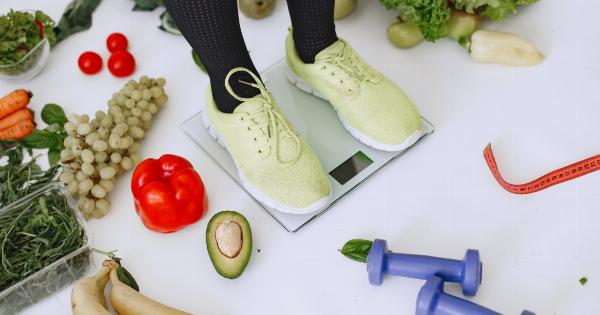Legumes are a popular source of protein for many people, but for some individuals, they may be off-limits due to dietary restrictions or personal preferences.
Fortunately, there are plenty of protein options available for those following a legume-free diet. This article will explore various sources of protein that can be incorporated into a legume-free eating plan.
1. Quinoa
Quinoa is a nutrient-dense seed that is often mistaken as a grain. It is a complete protein, meaning it contains all nine essential amino acids that our bodies need.
In addition to being an excellent source of protein, cooked quinoa is also high in fiber, magnesium, and phosphorus. It can be used as a base for salads, a side dish, or even in baked goods.
2. Chia Seeds
Chia seeds are tiny black seeds that are packed with essential nutrients, including protein. They are rich in omega-3 fatty acids, fiber, and antioxidants.
Chia seeds can be enjoyed in various ways, such as sprinkling them over yogurt, adding them to smoothies, or using them as an egg substitute in baking recipes.
3. Hemp Seeds
Hemp seeds are another excellent source of protein for those following a legume-free diet. They are a complete protein and also provide essential fatty acids, including omega-3 and omega-6.
Hemp seeds have a nutty flavor and can be sprinkled on top of salads, added to granola, or blended into smoothies.
4. Buckwheat
Buckwheat is a gluten-free grain-like seed that is high in protein and essential nutrients. It is a good source of fiber, magnesium, and manganese.
Buckwheat can be enjoyed in various forms, such as in porridge, as a base for salads, or used as flour in baking recipes.
5. Sunflower Seeds
Sunflower seeds not only make a delicious snack but are also a great source of protein for legume-free diets. They are rich in healthy fats, vitamins, and minerals.
Sunflower seeds can be added to salads, trail mix, or used as a topping for roasted vegetables.
6. Pumpkin Seeds
Pumpkin seeds, or pepitas, are a fantastic protein-rich option for those avoiding legumes. They are high in magnesium, iron, zinc, and antioxidants.
Pumpkin seeds can be enjoyed roasted as a snack, added to salads, or used as a crunchy topping for various dishes.
7. Lentil Alternatives
While lentils are legumes and not suitable for legume-free diets, there are alternative options available that provide similar nutritional benefits. Split peas, for example, are a delicious and protein-packed choice.
Other legume alternatives include arrowroot, plantains, and sweet potatoes, which can be utilized to add texture and substance to meals.
8. Fish and Seafood
For those who consume animal products, fish and seafood are excellent sources of protein. They offer a wide range of essential nutrients, including omega-3 fatty acids.
Options such as salmon, tuna, mackerel, shrimp, and shellfish can be incorporated into a legume-free diet to provide ample protein and other health benefits.
9. Eggs and Dairy Products
Eggs and dairy products, such as milk, cheese, and yogurt, are great sources of protein for those who are not following a vegan or dairy-free diet. They are convenient and versatile protein options that can be integrated into various meals and recipes.
However, it’s essential to choose high-quality, pasture-raised eggs and opt for organic dairy products, whenever possible.
10. Protein Supplements
If it’s challenging to meet protein requirements solely through food sources, protein supplements can be a convenient and effective option. There are plenty of plant-based protein powders available that are free from legumes.
Pea protein, rice protein, and pumpkin seed protein powders are just a few examples. These can be blended into smoothies or incorporated into recipes to boost protein intake.
